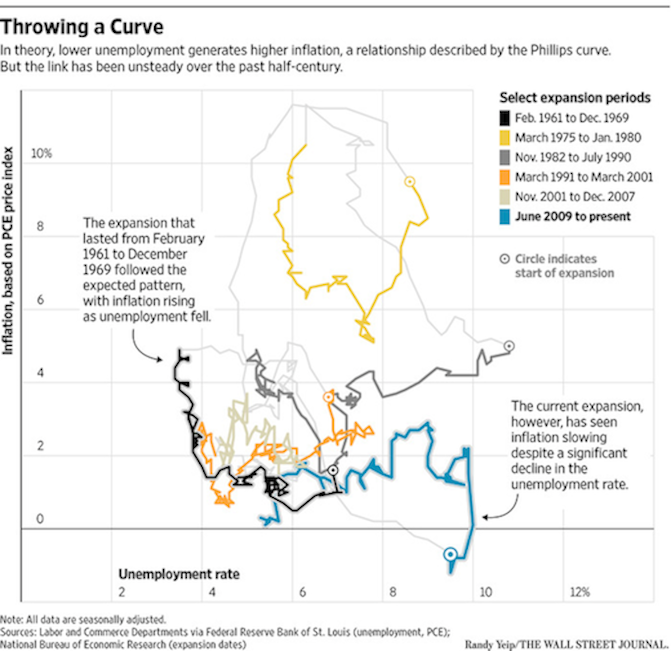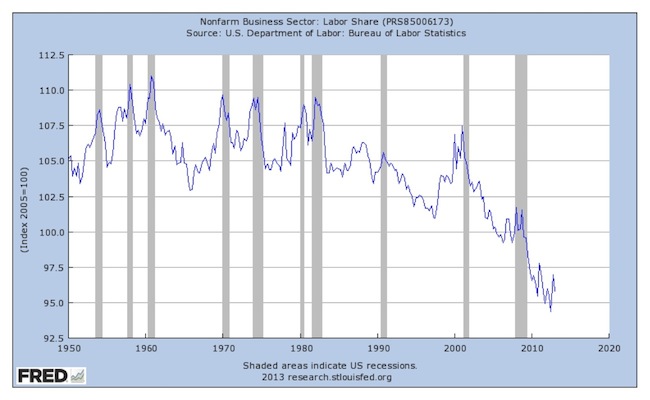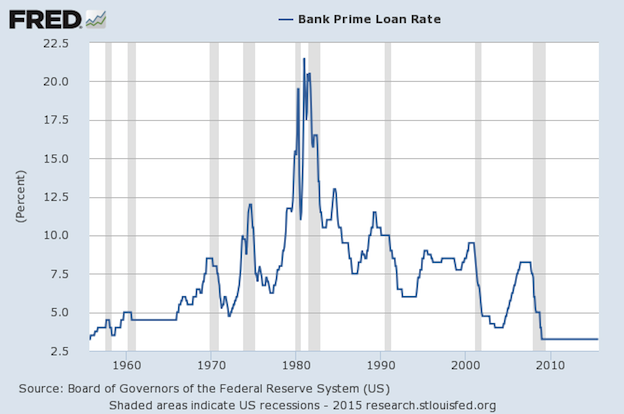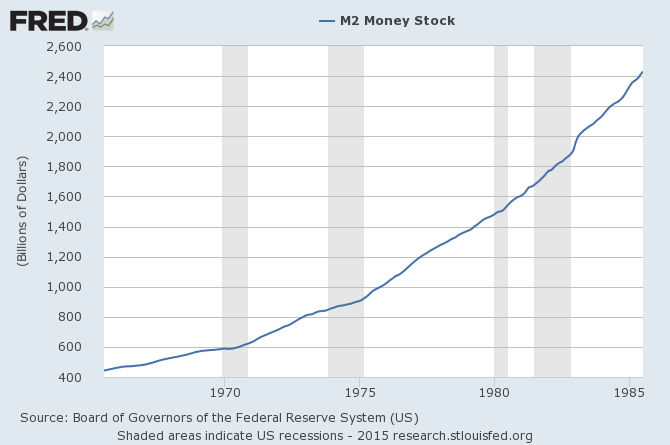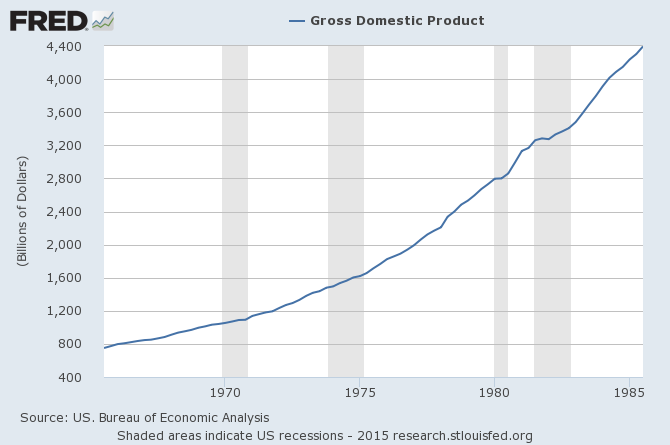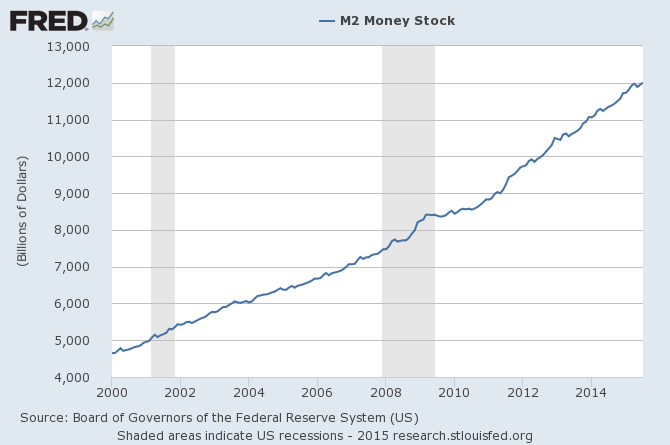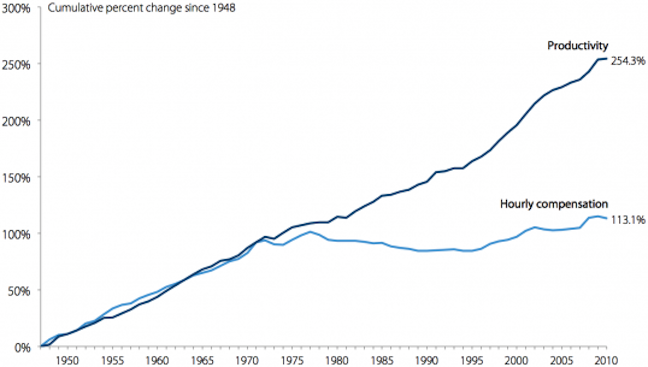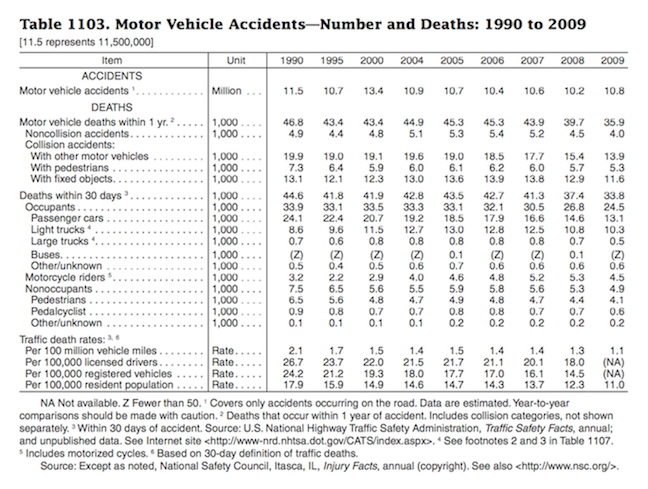The Great Transformation: Mainstream Economics and an Introduction to a New Series
I’m on the road, but fortunately finished with the If this is Tuesday it must be Brussels part, so back to my usual posting.
Joseph Stiglitz has written several books on inequality recently, The Great Divide: Unequal Societies and What We Can Do About Them, Rewriting the Rules of the American Economy: An Agenda for Growth and Shared Prosperity (available at www.rewritetherules.org), and Creating a Learning Society: A New Approach to Growth, Development, and Social Progress. James Surowiecki reviews these in the New York Review of Books. He is the economics writer at the New Yorker, and as far as I can tell from reading his columns, he is fairly liberal on economic issues. Therefore, the review is a good example of the hidden assumptions of liberal economics and liberal economics reporting.
Surowiecki agrees that inequality has increased in the US, to the point that even Jeb Bush has raised it in a campaign speech. He agrees that the very top incomes are dramatically greater than 50 years ago. He says Stiglitz focuses on two issues, rent-seeking by the rich, and poor corporate governance. Rent-seeking is the practice of rigging the laws and institutions of the market to jack up the profitability of a business. One recent example is Martin Shkreli, who uses monopoly power to suck money from sick people and their insurance companies. Poor corporate governance is shorthand for sycophantic boards of directors who pay unreasonable compensation to top management.
Suroweicki focuses, as Stiglitz does, on income inequality. Stiglitz says that inequality is not only a social problem, it is bad for economic growth. Surowiecki explains his thinking: inequality
… hurts demand, because rich people consume less of their incomes. It leads to excessive debt, because people feel the need to borrow to make up for their stagnant incomes and keep up with the Joneses. And it promotes financial instability, as central banks try to make up for stagnant incomes by inflating bubbles, which eventually burst.
Surowiecki has several objections to Stiglitz’ diagnosis of the problems of the economy. First, like Stiglitz, he isn’t going to address wealth inequality, because “…the rise of high-end incomes in the US is still largely about labor income rather than capital income.“ As to the impact of inequality on economic growth, he says the evidence is weak, though fixing it couldn’t hurt. And he disagrees that poor corporate governance is the cause of bloated C-Suite pay.
Of course, incomes at the bloated level of the top .01% aren’t about labor at all. They are either a sort of golden handshake by which the richest invite new members to the rich club, or a simple money grab. There is no evidence of a connection between the pay and the competence of the work done or its value, which Suroweicki acknowledges.
Suroweicki has a different explanation for the rise in top incomes. Asset managers and financial people generally make more because more money is under management. Other CEOs make more not because of special competence or better results, but because of “… the rise of ideological assumptions about the indispensability of CEOs, and changes in social norms that made it seem like executives should take whatever they could get.”
On the issue of the impact of growth, both Surowiecki and Stiglitz seem to accept the idea that growth will help solve the problem of inequality. This is a form of an argument liberals often make to conservatives: See, the thing we prefer is also good for you. But Surowiecki begins his review with the statement that all growth is going to the top of the income distribution, and the vast majority of workers aren’t getting any of it. Stiglitz knows this also. Why bother with this argument, then, since they know that the thing rich people want, namely growth, is of no value to the vast majority? And that’s besides the question of the possibility of unlimited growth, or the areas in which growth occurs. If health care sector grows because of increased pollution, why is that a good thing?
Both Suroweicki and Stiglitz recommend the usual array of solutions, but Suroweicki is less confident that they will work. They might affect some people at the margins, but that’s apparently all anyone can reasonably expect, and getting those changes is unimaginable in this sour political atmosphere. I agree with both that just because the solutions seem familiar to the point of boredom, we shouldn’t give up on pushing for them.
It all seems so distressing. I think in part that’s because it doesn’t seem to get at the reasons things are as they are. It simply accepts that the way things are is the only way things could be and we just need to try to work with that system. That won’t work. The rich have too much control. And the problem seems deeper than just a few tweaks. Suroweicki hints at the real problem when he says that we are missing the changes in social norms that make it seem natural that the C-Suite Class grab all the money, without mentioning the abandonment by that class of any pretense of interest in their employees or the wider society. I spent most of the first part of this year looking at whether mainstream economics made sense. It doesn’t, even if it enabled Krugman to get some things right. So now I want to look at a different way of imagining the entire subject area.
The main text for this series will be The Great Transformation by Karl Polanyi, published in 1944. As I get deeper into the book, I will be looking at other early economists, including at least Adam Smith (I trust commenter Alan will correct the errors I will doubtless make), and Marx, including this in particular. For those interested, here’s a discussion of Polanyi’s book that offers a starting place.
He said that to understand pivotal historical events, including the breakup of the Gold Standard and the breakdown of international relations during the first half of the twentieth century, we have to consider the role of economic thought accumulated over centuries which influenced how those events took place and were understood.
We did not become a neoliberal society by accident. For a brief treatment, see this article, particularly Part 1.C, at p. 444. We will not emerge from neoliberalism without a massive struggle. And we will never emerge from neoliberalism until we have a more compelling world view.
(Minor edits for spelling, grammar and clarity.)

